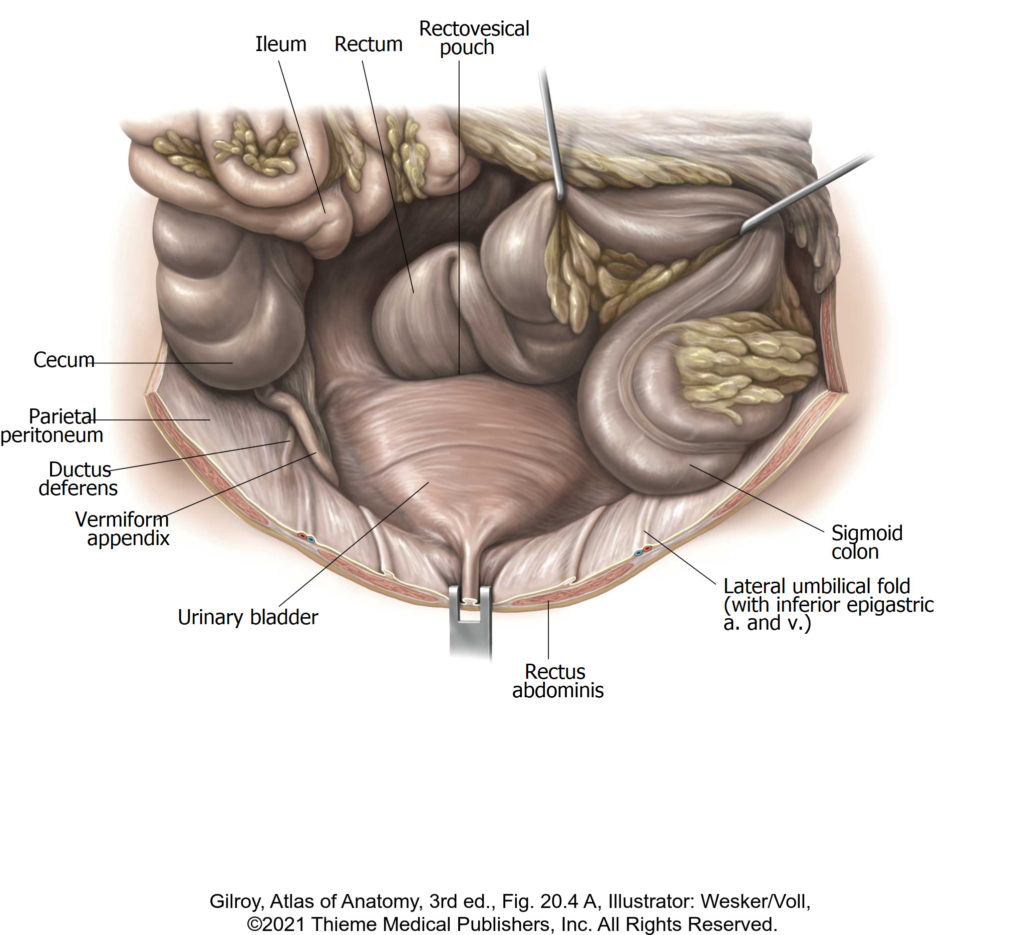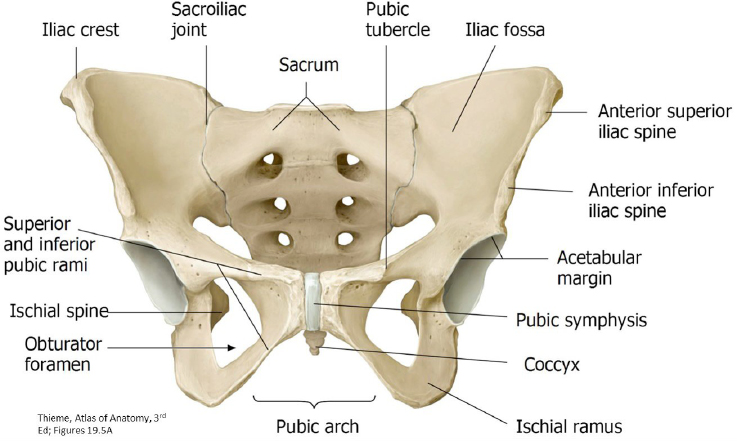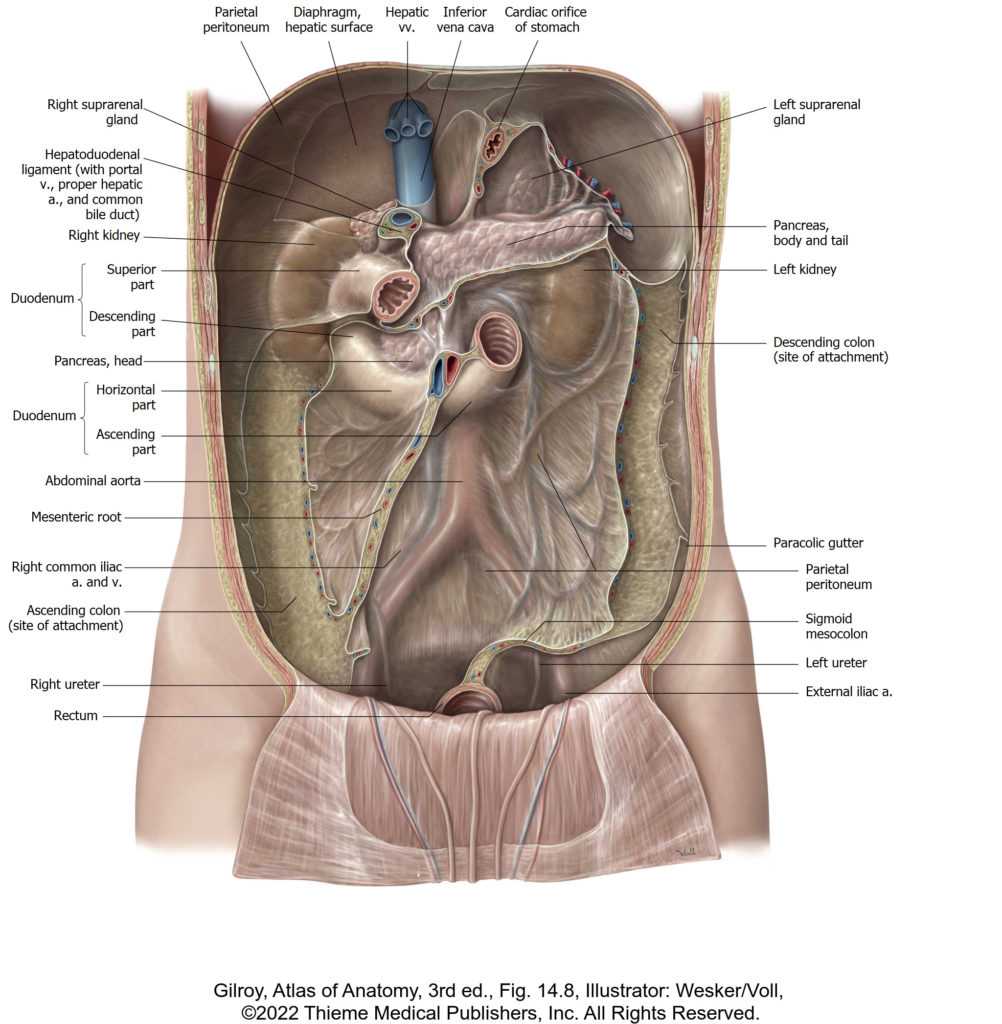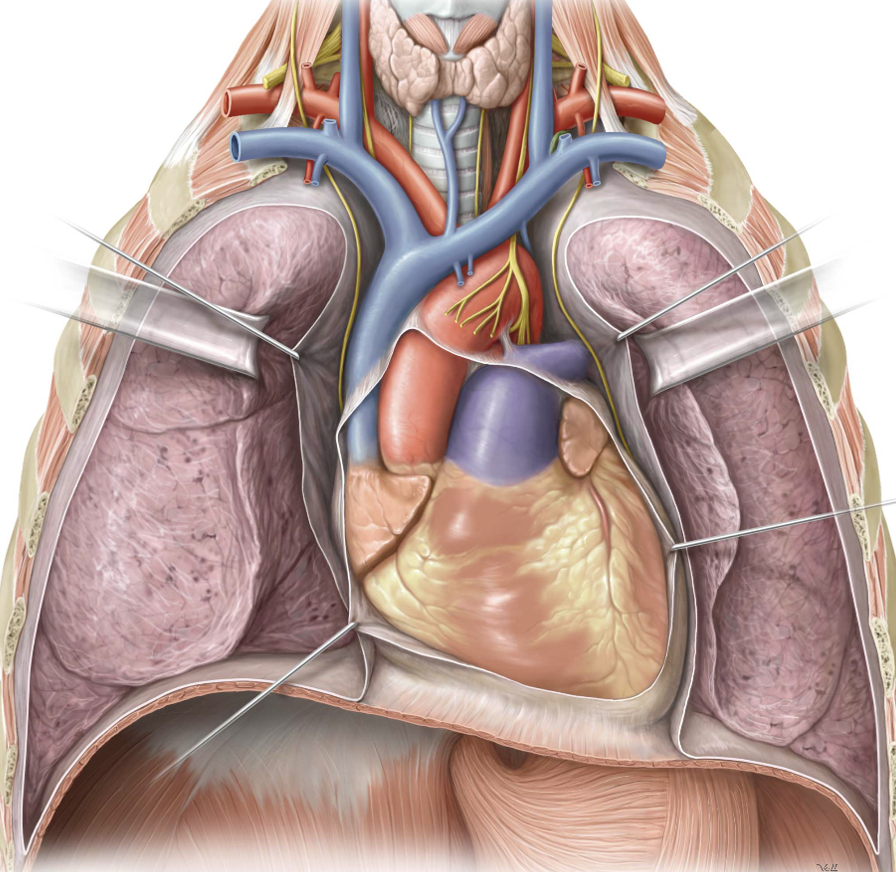Protected: Lab 14: Pelvic Hemisection

There is no excerpt because this is a protected post.
Protected: Lab 14: Prosection lab: Pelvic Skeleton, Pelvic Cavity, and Pelvic Vessels; Perineum

There is no excerpt because this is a protected post.
Protected: Lab 14, Station 3: Perineum (Urogenital Triangle)

There is no excerpt because this is a protected post.
Protected: Lab 14, Station 1: Pelvic Skeleton and Ligaments

There is no excerpt because this is a protected post.
Protected: Lab 14, Station 2: Pelvic Cavity and Anal Triangle of Perineum

There is no excerpt because this is a protected post.
Protected: Lab 13: Dissection: Posterior Abdominal Wall (PAW) and Kidneys

There is no excerpt because this is a protected post.
Temporal and infratemporal regions; temporomandibular joint
Optional reading Clinically Oriented Anatomy, 7th ed., Temporomandibular joint section through Arthritis of TMJ. Temporal region Figure 1. Attachments of temporal fascia. GRAY’S ANATOMY FOR STUDENTS, FIGURE 8.138. Figure 2. GRAY’S ANATOMY FOR STUDENTS, FIGURE 8.139. The temporal fossa is the sunken area located on the lateral skull above the zygomatic arch. Boundaries Its floor […]
Protected: Lab 12: Infracolic Region

There is no excerpt because this is a protected post.
Protected: Lab 24: Peritoneal Cavity and Supracolic Region

There is no excerpt because this is a protected post.
Thoracic cavity
